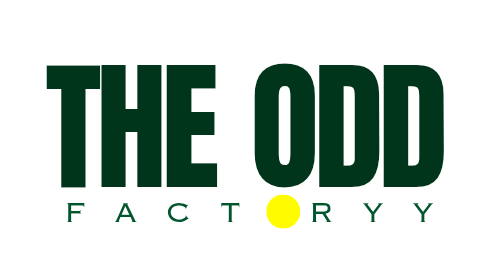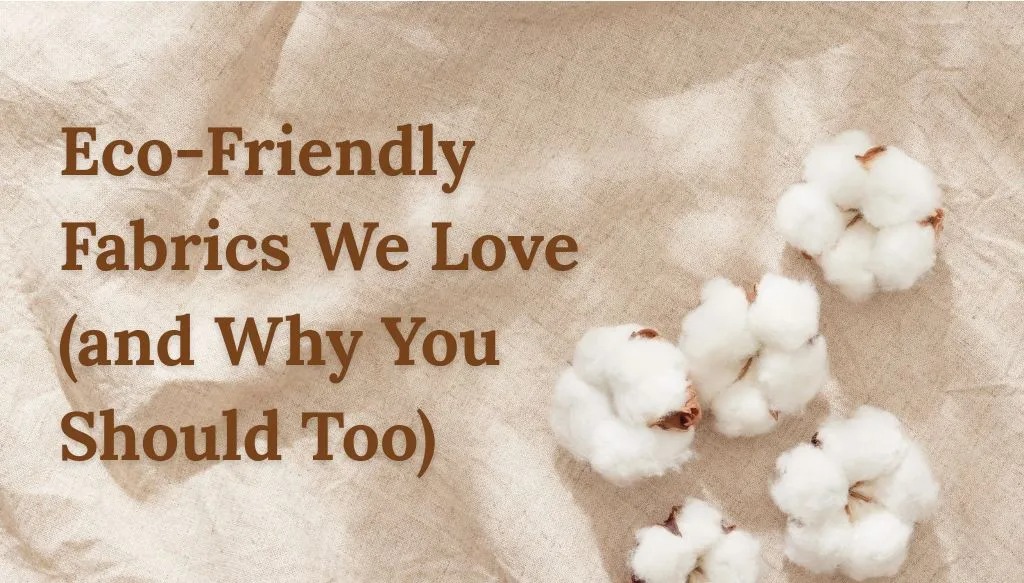The fashion industry is evolving – and fast. As consumers become more conscious of their environmental footprint, brands are shifting toward sustainable practices, starting with the foundation of any garment: fabric.
Choosing the right eco-friendly fabric is no longer just a trend. For those involved in sustainable fashion in Germany, garments importers in Saudi Arabia, or even sustainable fabric suppliers in Dubai, responsible fabric selection is now a necessity. In this blog, we’ll explore the top eco-friendly fabrics we love and why they deserve a spot in your next collection.
Why Fabric Choice Matters in Sustainable Fashion?
Conventional fabrics often rely on water-intensive processes, toxic dyes, and synthetic fibers that release microplastics. Eco-friendly fabrics, on the other hand, prioritize low-impact production, biodegradability, and ethical sourcing.
For businesses aiming to become sustainable clothing suppliers in Germany or sustainable clothing wholesale suppliers globally, embracing eco-conscious materials isn’t just ethical – it’s also marketable.
1. Organic Cotton
Grown without synthetic fertilizers or pesticides, organic cotton uses up to 91% less water than conventional cotton. It’s breathable, soft, and perfect for everything from basics to high-end fashion.
Why we love it: It’s biodegradable, hypoallergenic, and reduces soil and water contamination. For fashion designers sourcing from sustainable fabric suppliers in Dubai or Europe, organic cotton offers wide availability and strong consumer demand.
2. Hemp
One of the oldest and most sustainable fibers, hemp grows quickly with minimal water and no pesticides. It enriches the soil, making it a regenerative crop.
Why we love it: It’s antimicrobial, UV-resistant, and gets softer with each wash – ideal for both structured pieces and casual wear.
3. Tencel (Lyocell)
Made from sustainably sourced wood pulp (often eucalyptus), Tencel is processed in a closed-loop system that recycles 99% of water and solvents.
Why we love it: It’s silky smooth, breathable, and wrinkle-resistant, making it a popular pick for designers using an apparel tech pack template to create fluid, contemporary styles.
4. Linen (Flax)
Linen is derived from the flax plant, requiring less water and energy to produce than cotton. It’s highly durable and naturally pest-resistant.
Why we love it: Its breathable texture and timeless appeal make it perfect for both summer collections and luxury wear.
5. Recycled Fabrics (Stocklot & Deadstock)
Using leftover or surplus fabrics from large productions is an excellent way to reduce waste. These fabrics would otherwise be discarded, yet they’re perfectly usable for new designs.
Why we love it: These materials give designers access to premium textiles at reduced cost and minimal environmental impact.
Want to explore these firsthand? Check out our
👉 Sustainable Stocklot Swatchsets – 2 Books
This curated collection includes 70+ eco-friendly fabric samples – ideal for designers, studios, or anyone working with a fashion design starter kit.
Who Should Use Eco-Friendly Fabrics?
- Sustainable clothing suppliers in Germany are aiming to meet the growing demand for clean fashion
- Sustainable fabric suppliers in Dubai are expanding their offerings to regional and global clients
- Garments importers in Saudi Arabia are sourcing materials that align with international green standards
- Fashion entrepreneurs using a fashion design starter kit to develop their first ethical brand
- Designers building their tech packs with a sustainability-first approach using an apparel tech pack template
Benefits Beyond the Environment
✅ Brand Differentiation
Sustainable fashion adds a powerful narrative to your brand, especially in markets like Germany and the Middle East, where consumers are actively looking for conscious brands.
✅ Compliance and Certifications
Eco-friendly fabrics often come with certifications like GOTS, OEKO-TEX, or FSC – essential for expanding in European and Middle Eastern markets.
✅ Cost Savings
Working with stocklot swatches reduces costs without compromising quality. It’s a win-win for small-batch creators and boutique manufacturers.
Final Thoughts
Eco-friendly fabrics aren’t just better for the planet – they’re better for your business. Whether you’re a designer with a fashion design starter kit, a garment importer in Saudi Arabia, or a sustainable clothing supplier in Germany, integrating sustainable textiles into your workflow sets the stage for long-term success.
Ready to touch, feel, and test eco-conscious fabrics before making your production decisions?
👉 Explore our Sustainable Stocklot Swatchsets – 2 Books
Perfect for product sampling, vendor sourcing, and even client presentations.



